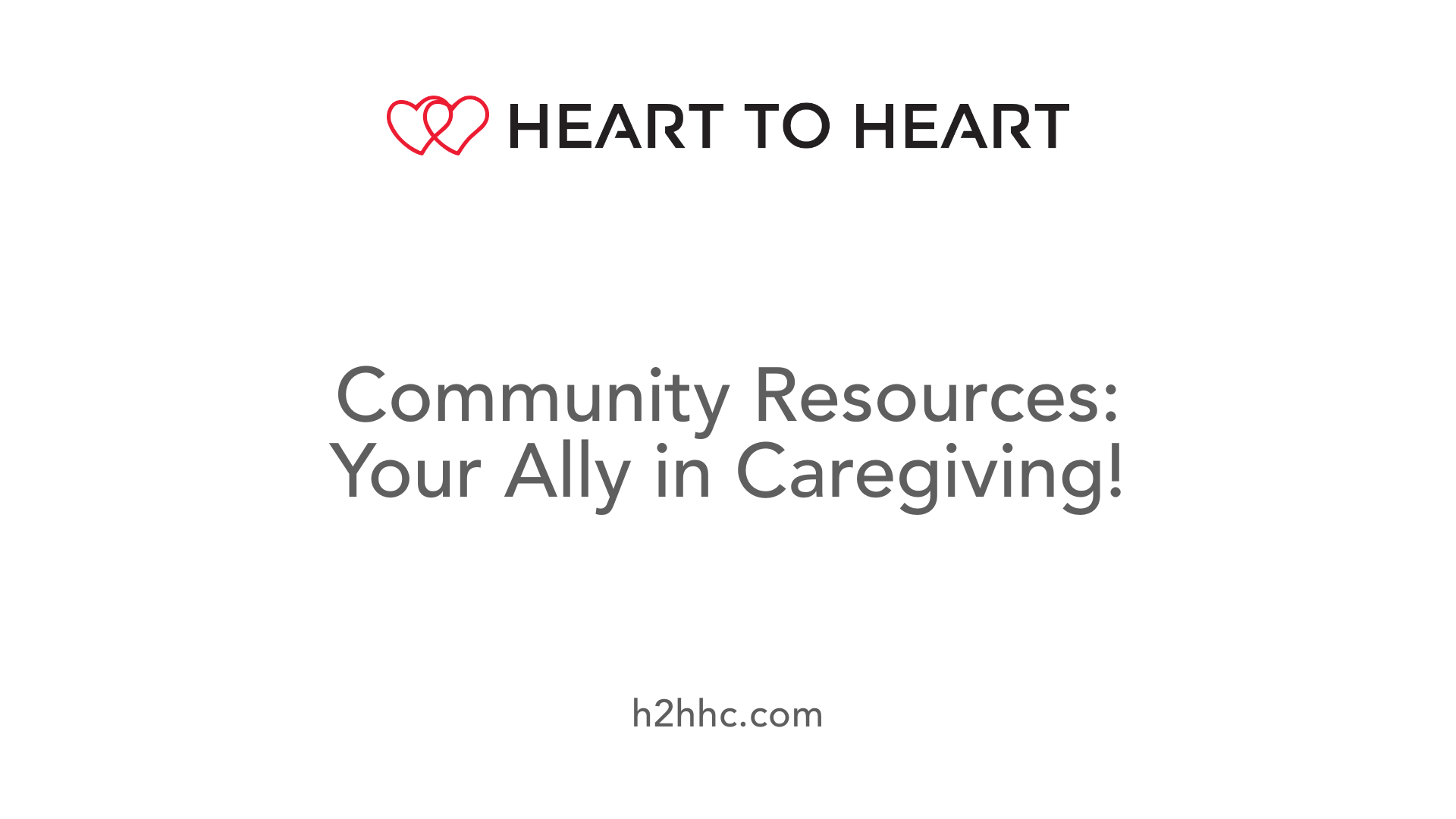Navigating the Dual Path of Self-Care and Caregiving
April 8, 2025

Caregiving for a loved one is a deeply rewarding yet challenging endeavor that often requires caregivers to juggle their responsibilities toward others while maintaining their own well-being. Successfully managing this balance is vital not only for the caregiver's health but also for the quality of care provided to the loved one. This article explores practical strategies and insights that can assist caregivers in navigating their dual roles with compassion and confidence, ensuring both personal health and effective caregiving.

Caregiver stress syndrome is a complex condition that manifests as both physical and emotional exhaustion. This syndrome often emerges when caregivers put their loved ones’ needs before their own health. Each day can become overwhelming, leading to signs such as fatigue, mood swings, sleep disturbances, and changes in appetite. Statistics highlight that between 40 to 70% of caregivers experience depression linked to their demanding roles, especially notable among those caring for individuals with dementia. The toll on physical health is significant, often resulting in chronic conditions that can lead to a greater risk of mortality compared to non-caregivers.
Recognizing the signs of caregiver stress is crucial for effective management. Common symptoms include:
Understanding these signals allows caregivers to acknowledge their own needs and seek help.
Addressing caregiver stress is vital not only for the caregiver’s well-being but also for the quality of care provided to the loved one. Neglecting self-care can lead to burnout, diminishing both physical health and emotional strength. Engaging in activities that promote mental health—such as regular exercise, mindfulness practices, or seeking support from friends, family, or professional resources—can significantly enhance caregivers' resilience. By prioritizing their well-being, caregivers ultimately improve their capacity to provide care, ensuring a healthier balance in their responsibilities.

Caregiving can often overshadow personal health, leading many caregivers to neglect their own well-being. The physical and emotional demands of caring for a loved one can result in stress and exhaustion, making self-care an essential practice. Studies highlight that caregivers frequently experience health issues due to overlooking their own needs, facing higher risks of burnout and mental health disorders.
Balancing caregiving responsibilities with personal well-being requires intentional strategies. Here are practical approaches caregivers can implement:
When caregivers prioritize their health, they improve their capacity to provide care effectively. Engaging in self-care activities helps mitigate stress, reduces feelings of guilt, and enhances emotional stability. Research shows that caregivers who focus on their well-being are more patient and attentive, ultimately providing higher quality care to their loved ones. Emphasizing personal health significantly benefits both caregivers and those they care for, leading to a harmonious caregiving relationship.

Caregivers often find themselves juggling multiple responsibilities, making it essential to focus on their own well-being. Several strategies can assist them in navigating these dual roles effectively:
The demands of caregiving can significantly impact personal life and employment. Approximately 60% of family caregivers also work, often leading to stress as they attempt to balance job responsibilities alongside caregiving duties.
Some common impacts include:
By implementing effective strategies and accessing external support, caregivers can foster a healthier balance between their caregiving roles and personal lives.
The 3 C's of caregiving are Comfort, Compassion, and Companionship. These fundamental principles help foster a nurturing environment for those requiring care and emphasize the dual responsibility of caregivers to their loved ones and themselves.
By integrating the 3 C's into daily routines, caregivers can not only enhance the quality of care but also maintain their own health and satisfaction, thereby avoiding caregiver burnout.

To effectively prevent burnout, caregivers must prioritize their own health. Here are essential strategies:
Integrate Self-Care Routines
Recognize and Accept Help
Set Clear Boundaries
Engage in Hobbies and Relaxation Techniques
Schedule Regular Breaks
Seek Professional Support When Needed
Common signs of caregiver burnout can manifest in various ways:
Building a robust support network is crucial for caregivers. Connection with community resources, support groups, and even professional counseling provides not just emotional relief but also practical advice for managing their responsibilities. Such networks help caregivers feel less isolated and contribute positively to their emotional and mental well-being.

Caregivers have access to a range of community resources specifically designed to support their unique challenges. Key offerings include:
Utilizing these community resources can greatly enhance caregiving quality. When caregivers seek help, they can reduce their stress and fatigue, which are frequent consequences of the caregiving role. Additionally, by allowing others to assist, caregivers can carve out time for essential self-care practices, like exercise, rest, and social interaction.
Many communities offer diverse programs that cater to the needs of caregivers. For instance:
By actively engaging with these resources, caregivers can better balance their responsibilities while ensuring their own health and well-being are prioritized.
Effective communication within family units is crucial for caregiving. Caregivers should openly discuss the evolving needs of the person receiving care with family members. This dialogue helps manage expectations and clarifies caregiving responsibilities, reducing misunderstandings and stress.
Involving family members can alleviate some burdens of caregiving. Simple activities, like cooking together or sharing caregiving tasks, foster family bonding while ensuring that responsibilities are shared. Open discussions about roles can make everyone feel valued and included in the care process.
Family dynamics can complicate caregiving roles, leading to issues such as role disputes and emotional strain. Setting boundaries is essential to maintain healthy interactions. Caregivers should communicate their needs and limitations to the family. Establishing agreements on how to share duties reduces feelings of overwhelm, contributing to a more balanced family caregiving experience.
Utilizing technology in caregiving offers numerous advantages, including enhanced organization, improved communication, and increased efficiency in managing tasks. By incorporating digital tools, caregivers can streamline their responsibilities, freeing up valuable time for self-care and personal activities.
Some effective tools and applications include:
Integrating technology into caregiving routines not only simplifies task management but also reduces caregiver stress. Through organized scheduling and timely reminders, caregivers can focus more on their loved ones' needs, ensuring they provide quality care while also prioritizing their own health.
The caregiving journey, while filled with challenges, offers the rewarding experience of supporting a loved one in their time of need. Ensuring personal well-being through balanced self-care practices and utilizing available support resources empowers caregivers to provide sustained and quality care. As you navigate this path, remember that taking care of yourself is equally important, as it enables you to better fulfill your caregiving responsibilities. By embracing these strategies and maintaining open communication with family and professionals, you can successfully manage the dual roles of caregiving and self-care, fostering a healthy environment for both you and your loved one.
09:00 AM - 06:00 PM
Monday - Friday
2488 Grand Concourse Suite 409, Bronx, NY, 10458
T: 718-305-5858
F: 718-305-6258
1 Smith Street, 3rd Floor, Brooklyn, New York, 11201
T: 718-305-5959
F: 718-305-6259
2361 Nostrand Ave Suite 401 Brooklyn, NY 11210.
T: 718-305-6060
F: 718-305-6260
576 Central Ave # 301, East Orange, NJ 07018
433 Woodbury Glassboro Road Sewell, NJ 08080
1172 Fischer Blvd, Toms River, NJ 08753
T: (973) 678-5500
njinfo@h2hhc.com








